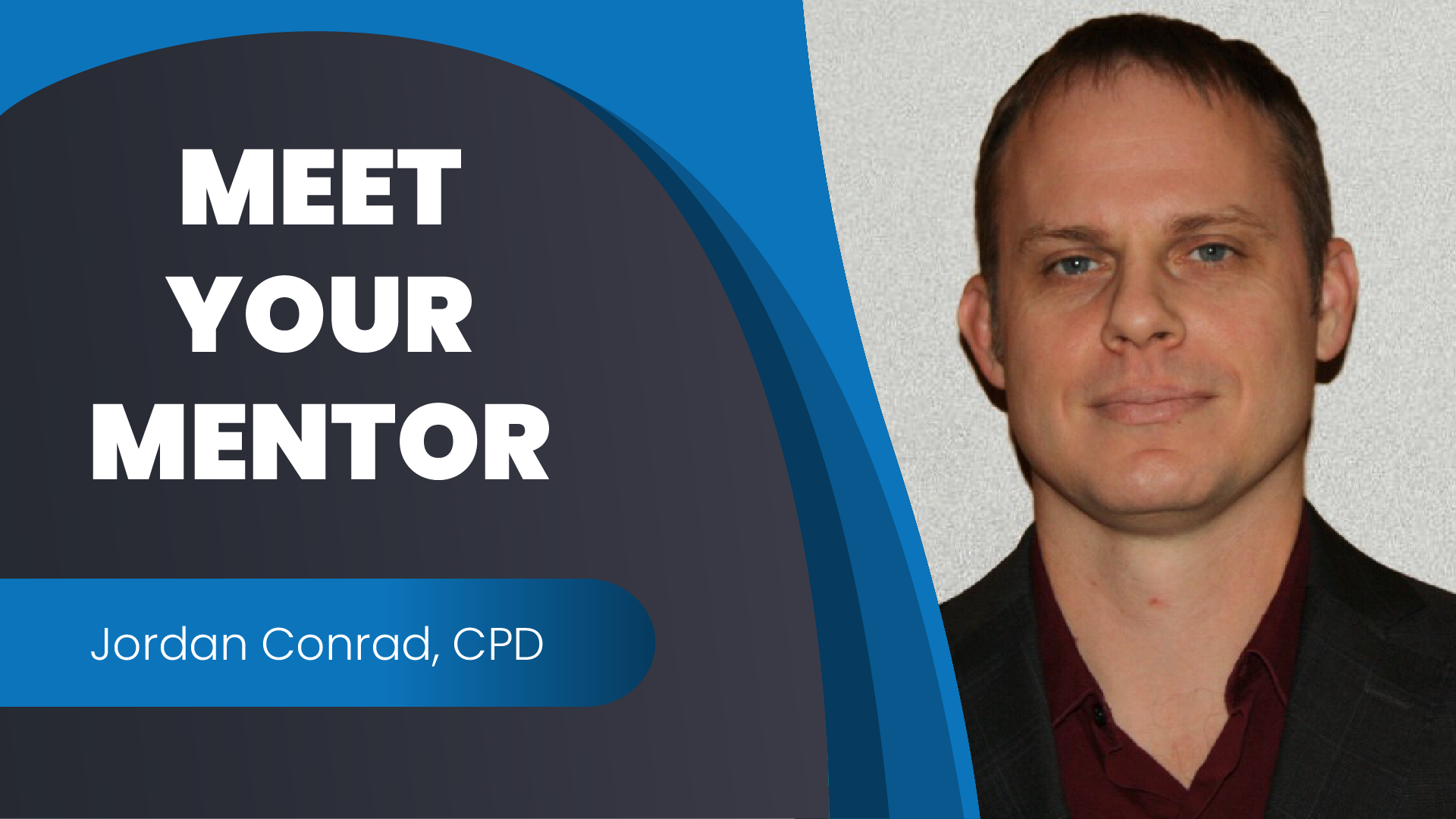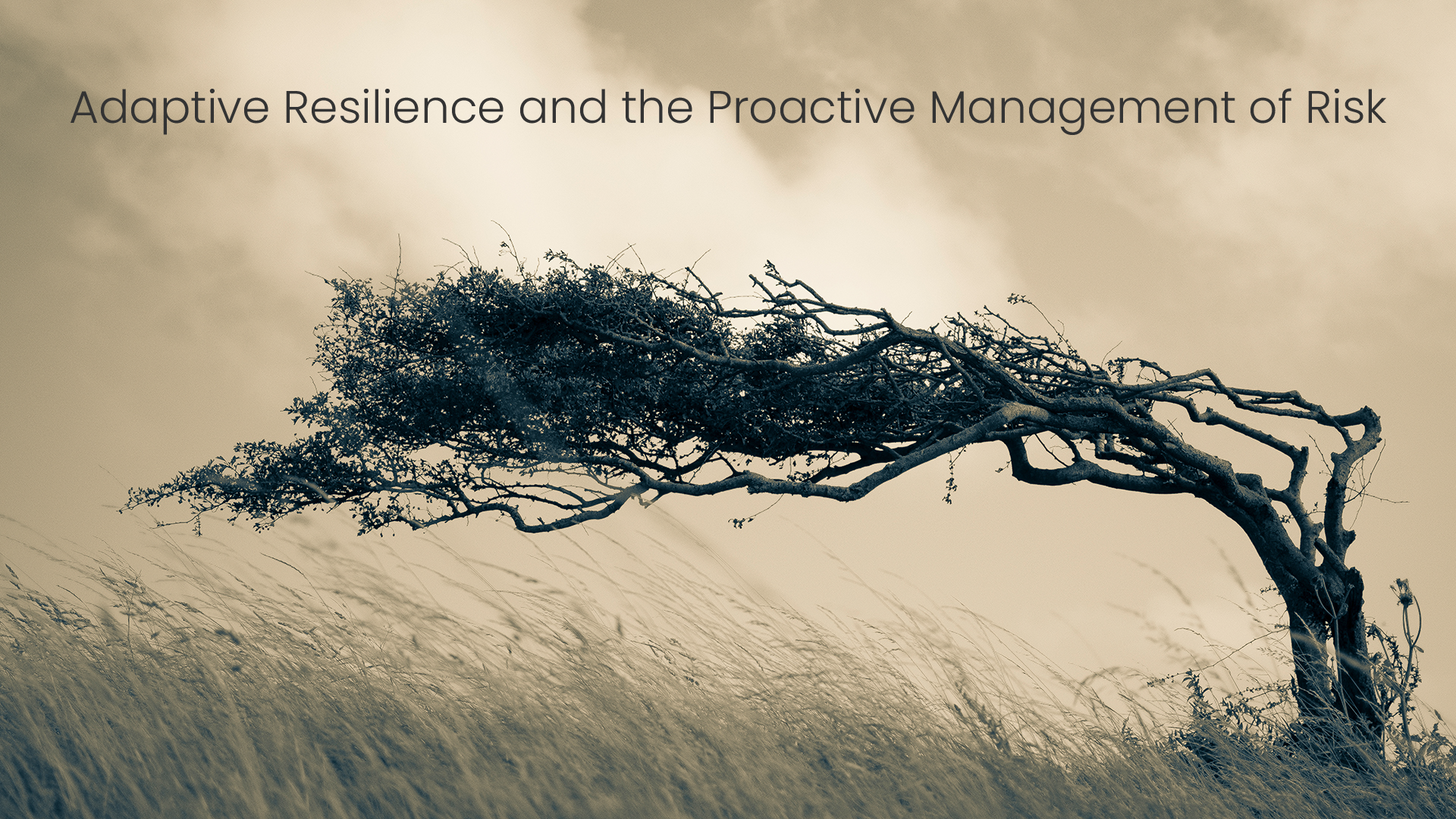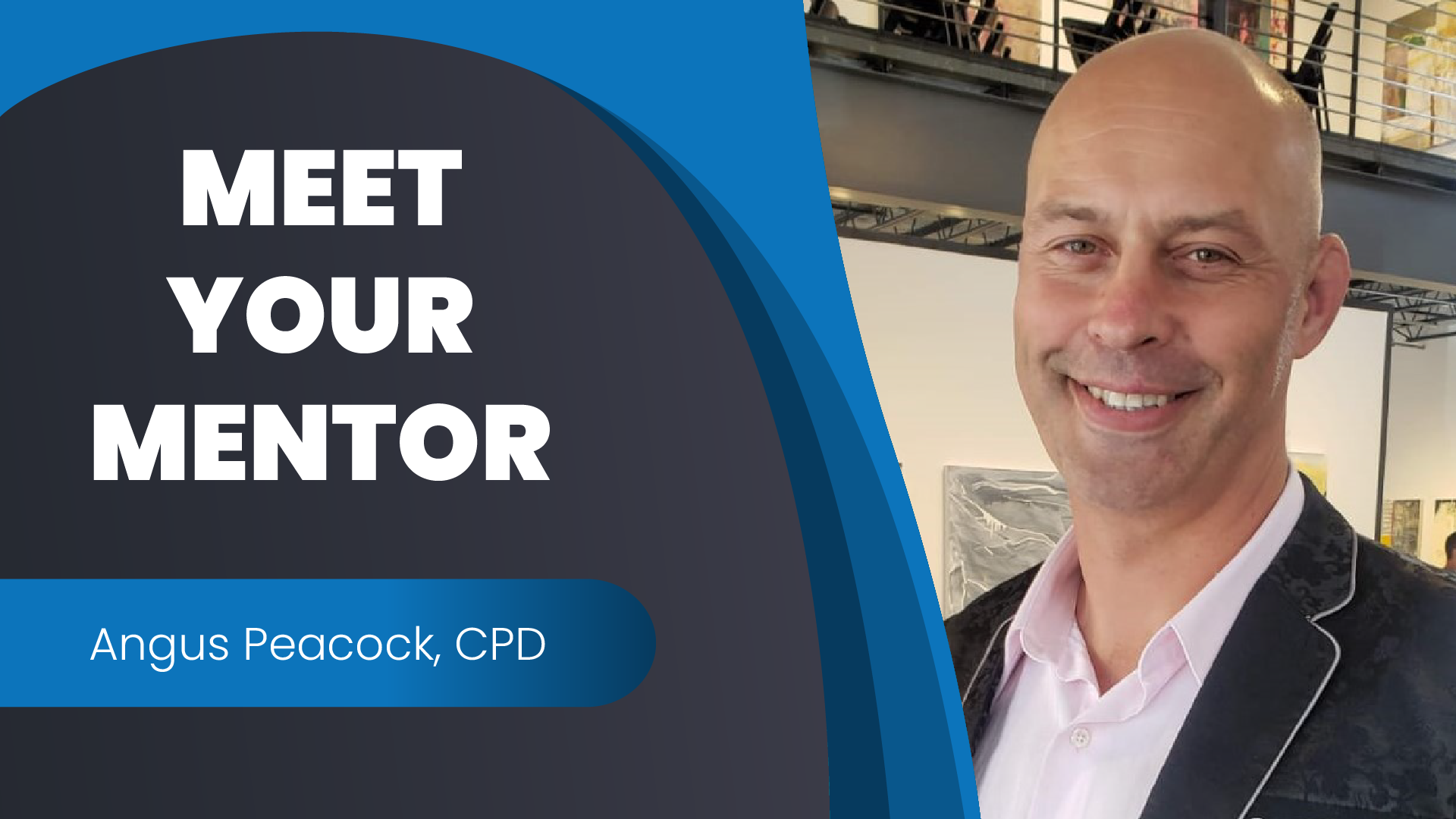Effective project management is critical for transformative corporate events such as post-merger integration, global expansion, product releases or enterprise-wide IT upgrades/migrations.
It also can be equally essential at five-minute daily stand-up meetings.
“Walking the Wall” (WTW) – literally covering a wall or two with ceiling-to-floor, Kanban-styled task cards across a timeline-vs.-functional workstream grid – is one highly effective approach to capturing all critical information and engaging key stakeholders throughout project planning and delivery.
The process enables project managers at organizations of all sizes (and at any point in the company’s development) to optimize performance and achieve strategic objectives.
A modified Walking-the-Wall approach also eliminates what can be the endless around-the-room recitations of “what I did yesterday/today” and “what I plan to do tomorrow” that often bog down stand-ups and significantly devalue their worth.
Getting Started
Project Managers begin a WTW initiative – and introduce it to managers – by sharing a formal Work Stream Charter that essentially creates a contract stipulating objectives, guiding principles, assumptions/constraints and critical questions/challenges. It also includes clear descriptions of the scope of the project and identifies those areas that are either in, or out of, scope.
Functional teams, rather than just managers, present their department’s “to-do’s” at a joint session, elaborating on the information in the original charter. It’s during their time at the front of the room, where they are detailing their tasks at the wall, that enterprise-wide clarity and understanding are achieved – and questions and challenges are raised.
Following the meeting, the Project Manager or team distributes to the functional leaders a detailed recap of what was presented (and agreed to), as well as information on ongoing reporting and additional information that might be required.
Most importantly, the entire corporate team is moving forward as a cohesive unit, with a clear understanding of their own responsibilities and those of their colleagues.
Delivering Tangible Benefits
Project Managers driving WTW exercises are able to deliver several benefits (such as identifying synergies in a merger, or achieving appropriate “sizing” estimates for other projects) that can frequently be difficult to identify. A WTW session clearly surfaces opportunities and issues and enables participants to address them on the spot.
These include:
- Alignment. Perhaps most importantly, Wall Walks help to immediately create cross-functional alignment, especially on vision, project requirements and engagement. They also enable functional leaders and Project Managers (or, often, the Enterprise Project Management Office, or EPMO) to achieve coordination from the outset.
- Interdependencies. The visual, multidimensional aspect of a Wall Walk helps participants to identify and align interdependencies in real time. A critical task in Marketing, for instance, might require added staff when additional budget isn’t currently available. Marketing, therefore, can’t achieve this goal on its own. Importantly, then, responsibility for success expands from Marketing to include Human Resources and Finance.
- Milestones and timeline. WTWs, which generally can be completed in a day, conclude with a clear, and cross-functional, roadmap comprising key milestones viewed against a detailed timeline. The interdependencies also are clearly delineated, as are any go-forward timeline issues that require resolution.
- End state. All too often, functional/department managers confuse strategy and tactics with what success look like. WTW requires a very specific definition of a desired end state for each deliverable.
Learn more with the Institute of Project Management
Importantly, you cannot realise the full potential of techniques such as Walking the Wall until you understand the possibilities of the project management.
The underlying and universal principles of project management can be accessed for free at any time in OPEN, our Online Education Portal: https://open.institute.pm
It is free to create an account and start learning today!
Holding an internationally recognised project management certification may also help get your foot in the door for a key interview or be an influential factor when pitching for a new client.
Project management Certification can also help you to grow your professional network.
To discuss how a project management Certification can future-proof your career, contact the team at Institute of Project Management today.
About the Author
Michael Geczi is a highly experienced editor/writer, based in Los Angeles, whose journalism career included positions at The Wall Street Journal, BusinessWeek, the Associated Press, The Dallas Morning News, the Memphis Commercial-Appeal and The Financial Times of Canada. His articles also have appeared in The New York Times, the South China Morning Post, the New York Daily News, Inc. magazine and The Sporting News. He has more than 30 years of top-flight experience.
In addition to work as a reporter and editor, Mike has been an internal and external communications specialist, author, university instructor and marketing executive. He is the author of “Futures: The Anti-Inflation Investment,” published by Avon Books.
He also has been an Adjunct Instructor at the University of Southern California Annenberg School for Communication and Journalism.
His most-recent corporate experience was Vice President, Marketing and Communications at Cast & Crew Entertainment Services, Burbank.
Mike has worked in more than 30 countries, and lived/worked in New York, Chicago, Los Angeles, Moscow and Hong Kong.









